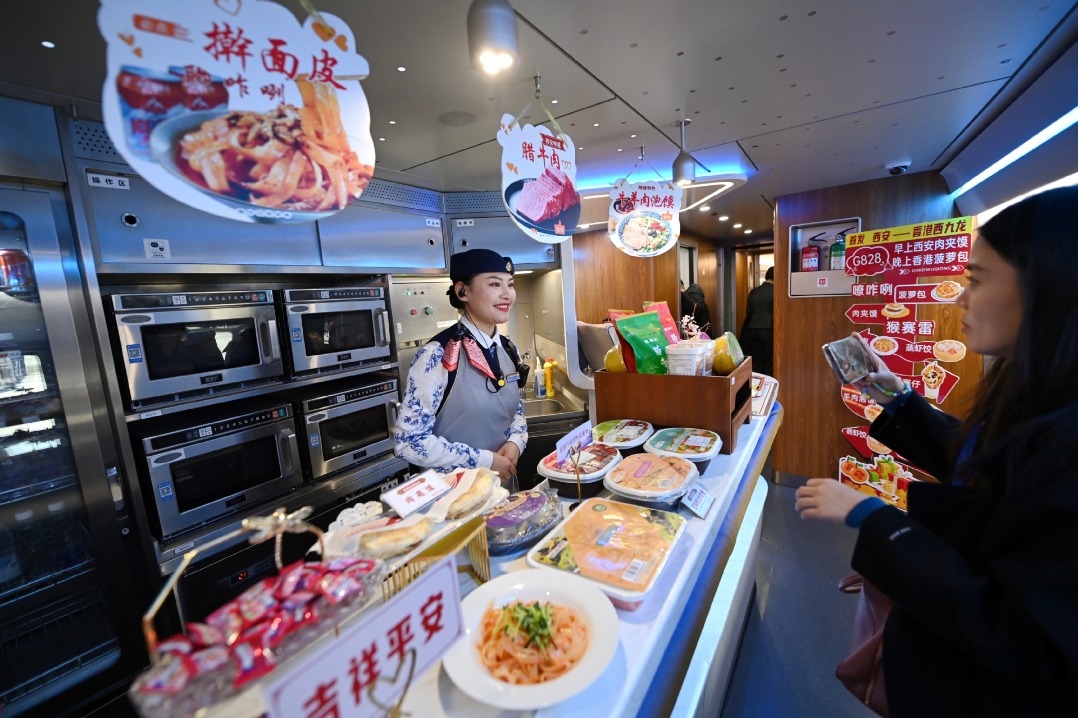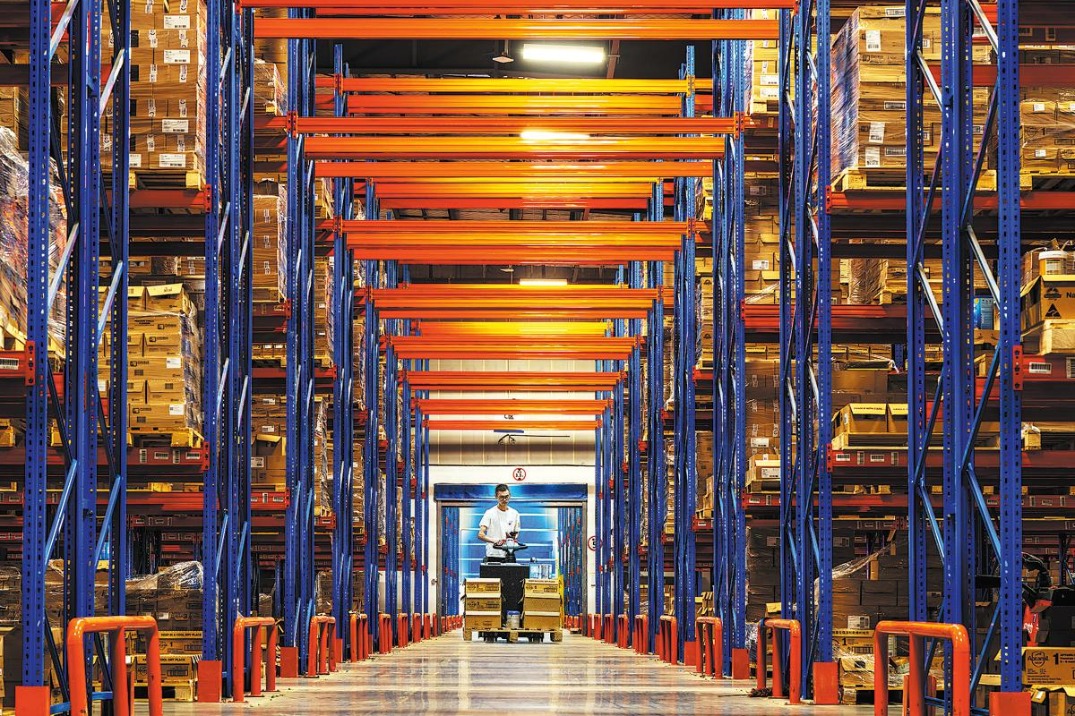Modern technologies improve efficiency at airport
By Wang Keju | China Daily | Updated: 2019-09-26 10:26

Beijing Daxing International Airport has embraced multiple new technologies to make it smarter and more efficient.
The adoption of the latest smart technologies, including self check-in and bag-drop kiosks, facial recognition technology and radio-frequency identification technology for luggage tracking will allow passengers to enjoy a quicker and more seamless check-in and boarding process.
According to the Civil Aviation Administration of China, 86 percent of check-ins in the airport will be able to be done through self check-in kiosks, and 76 percent of luggage will be able to be checked automatically with the help of self-service bag-drop machines.
The facial recognition technology will be used to help confirm passengers' identities during security inspections and also allow passengers to board planes without presenting their boarding pass.
In addition, the smart security check channels at the airport, which can recognize and automatically sort out luggage containing prohibited items, are able to handle 260 passengers per hour, 40 percent faster than traditional means.
The airport makes it possible for passengers to track the real-time status of their luggage on a mobile app through technology using electromagnetic fields to automatically identify and track tags attached to luggage.
The information about the luggage is electronically stored in the tags and will be updated at each processing stage, which allows the passengers traveling on domestic flights to track their luggage status on WeChat.
The airport will also start a trial run of a robot parking system to make it easier and quicker for visitors to park.
Drivers only need to park their car on a panel at designated locations in the parking lot. The robot then lifts the car and carries it to an empty space.
When ready to collect their vehicle, the driver simply scans the parking ticket or enters the car's plate number at a terminal. They will then receive instructions on where to collect their car.
The airport will first adopt two robots, which will be able to serve 148 parking spaces. They can work up to six hours on a single 40-minute charge.
























